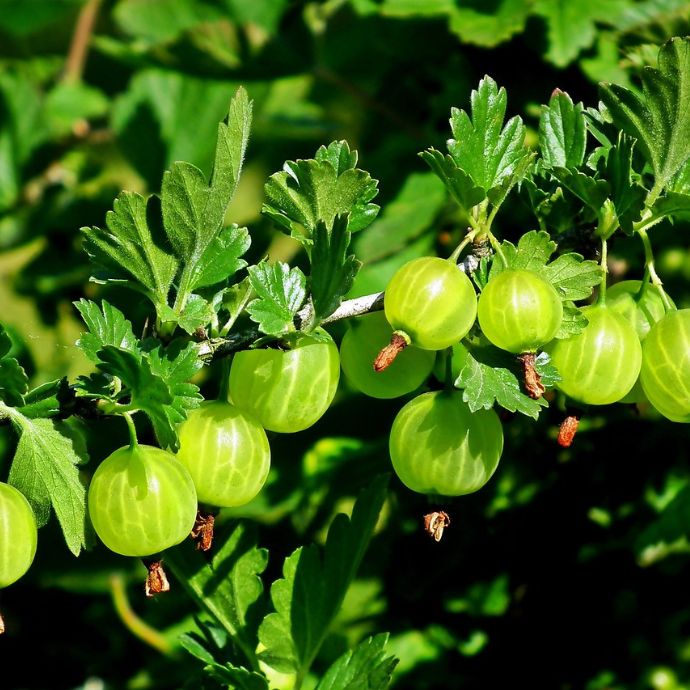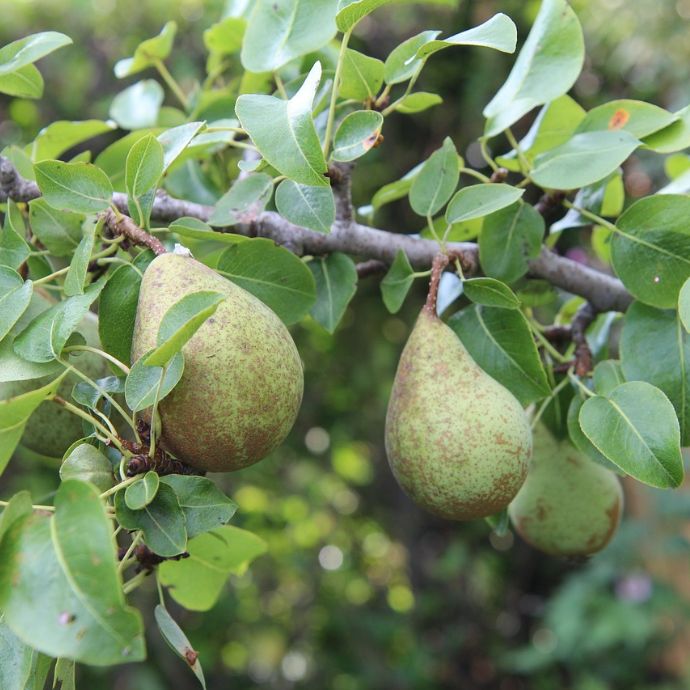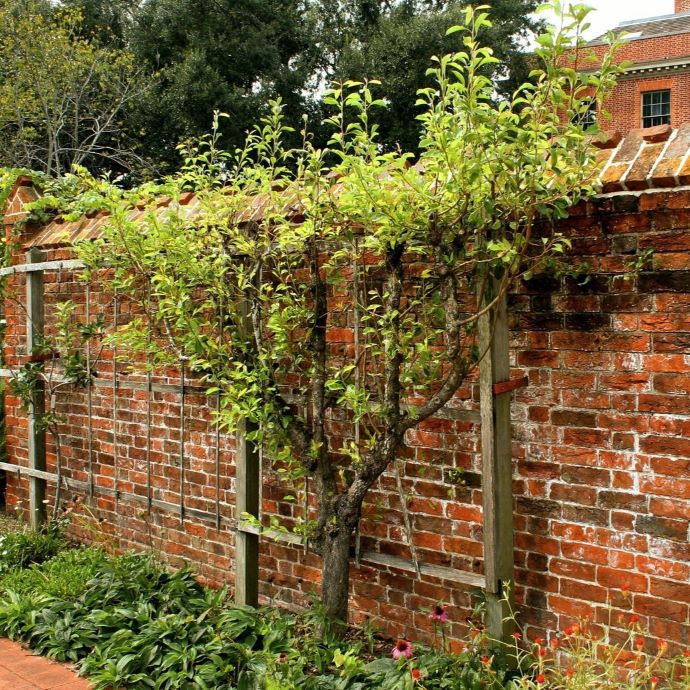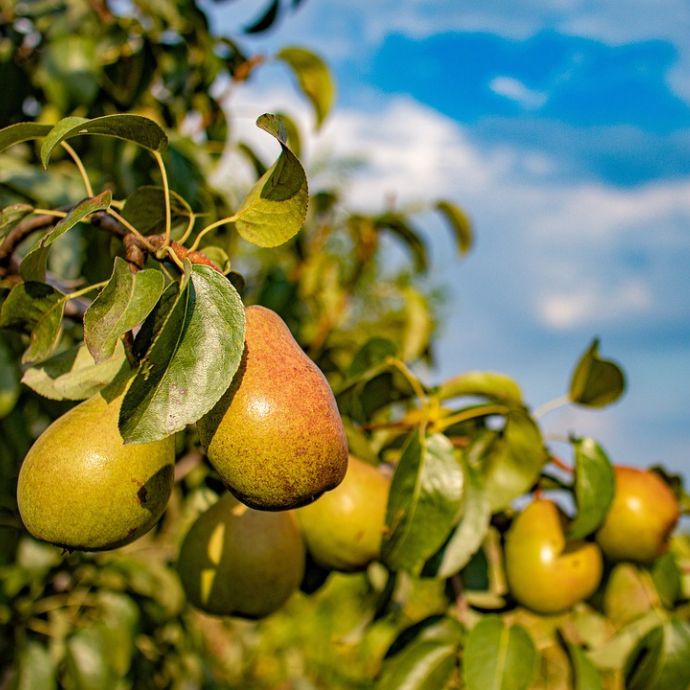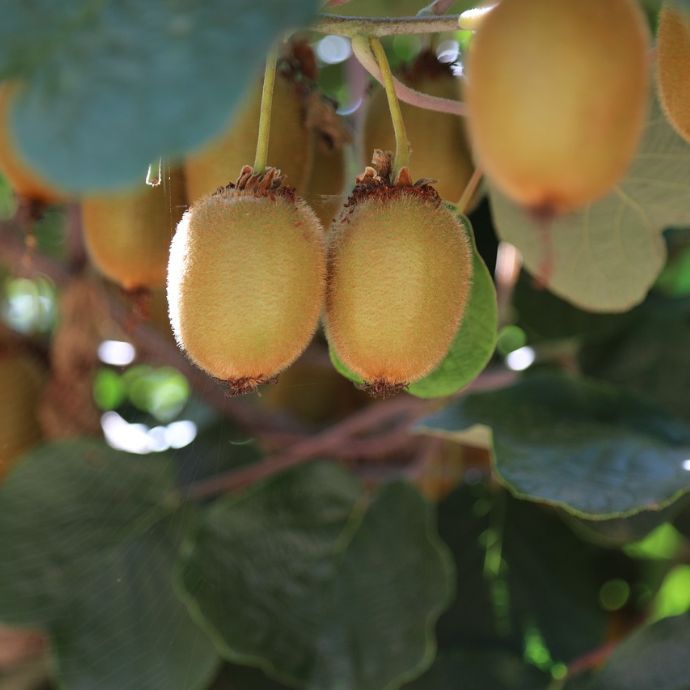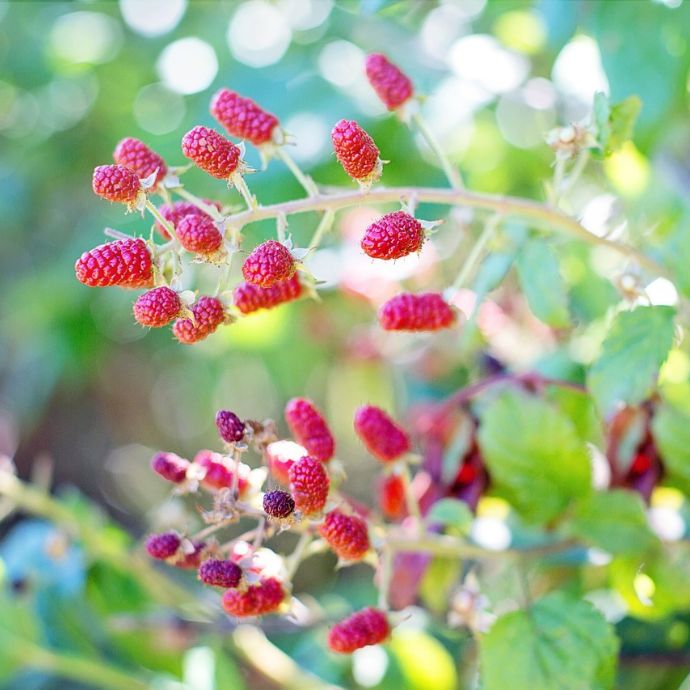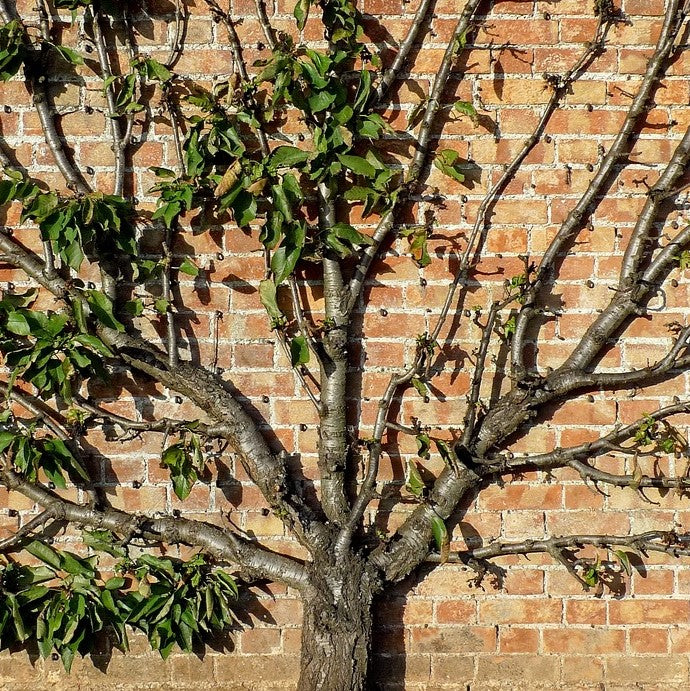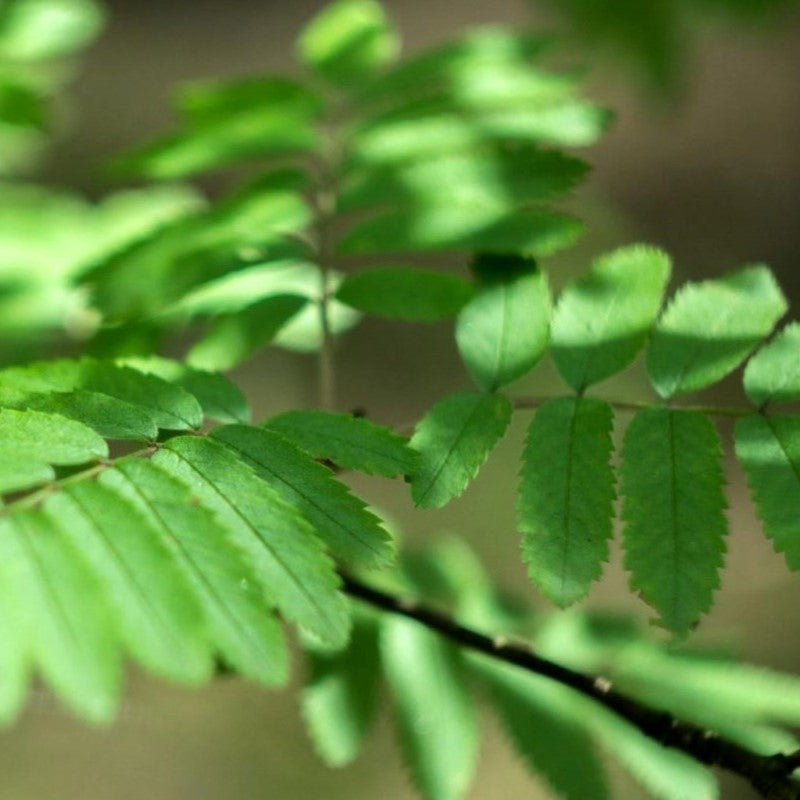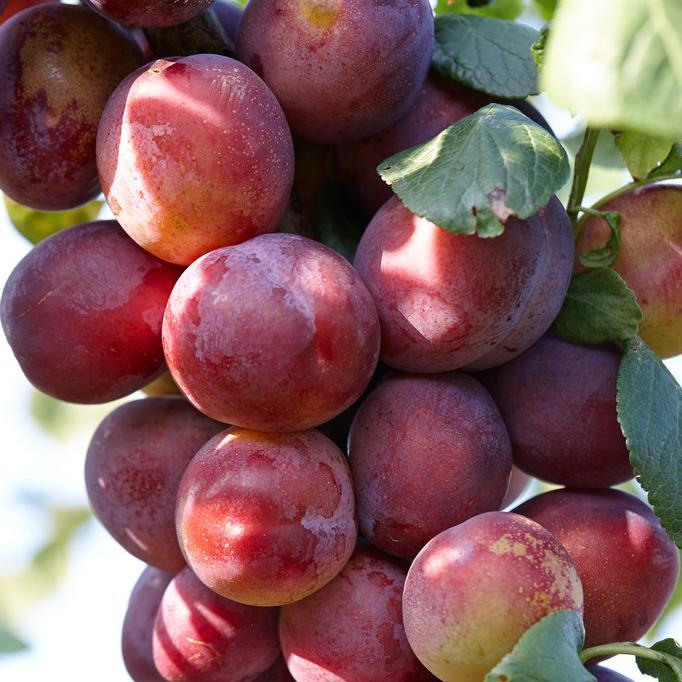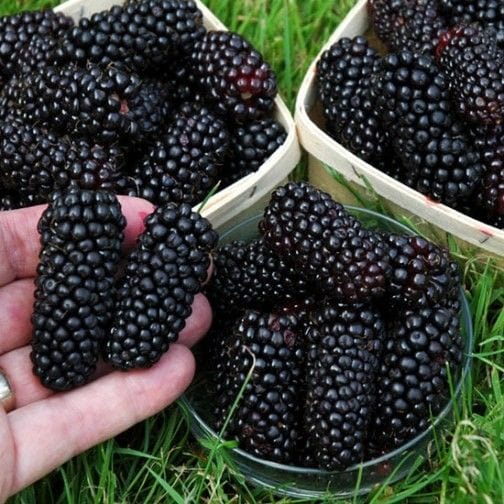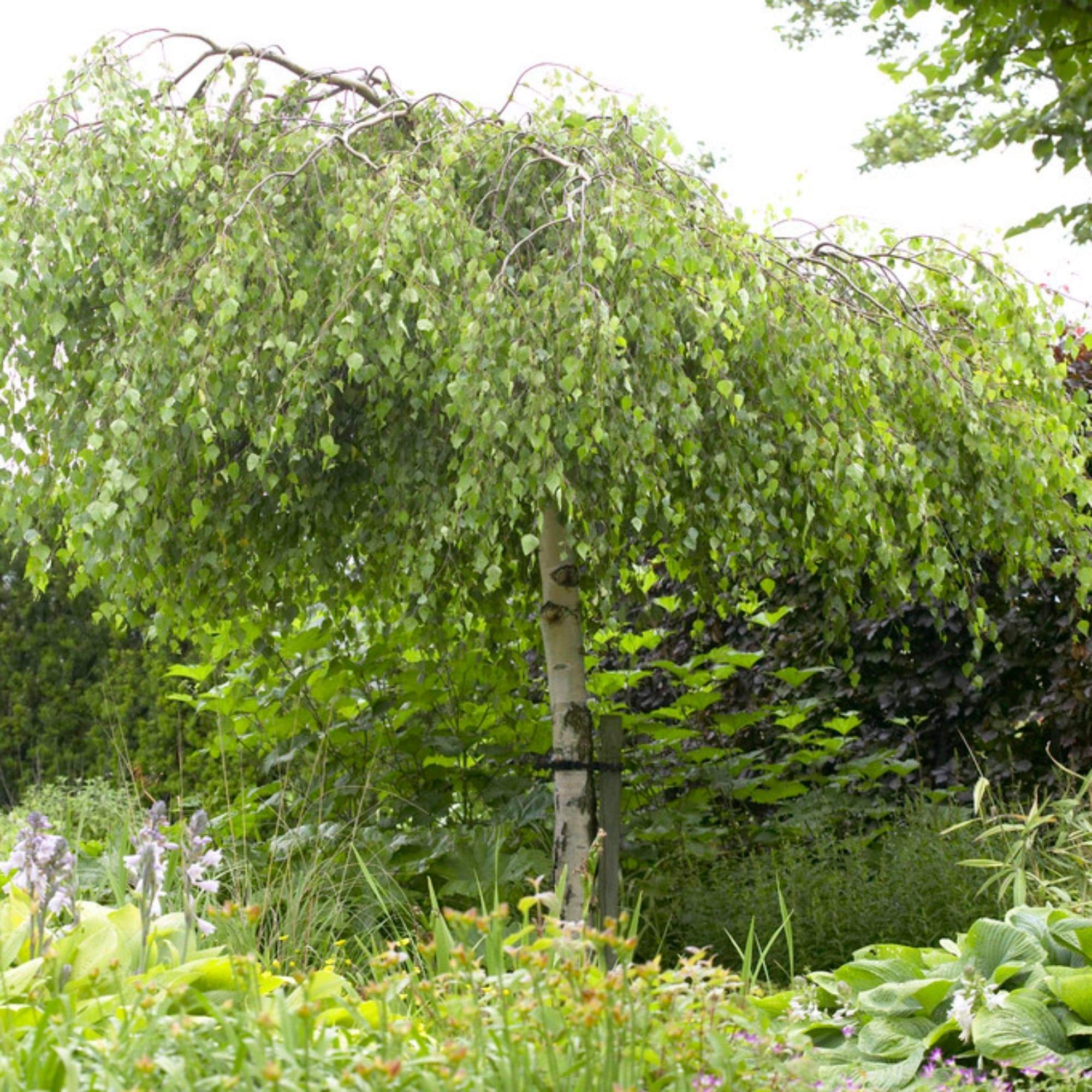Advice & Inspiration
Inspiration
Plant types
Related articles
Forest Gardening: A Beginner’s Guide
by Jack Henderson
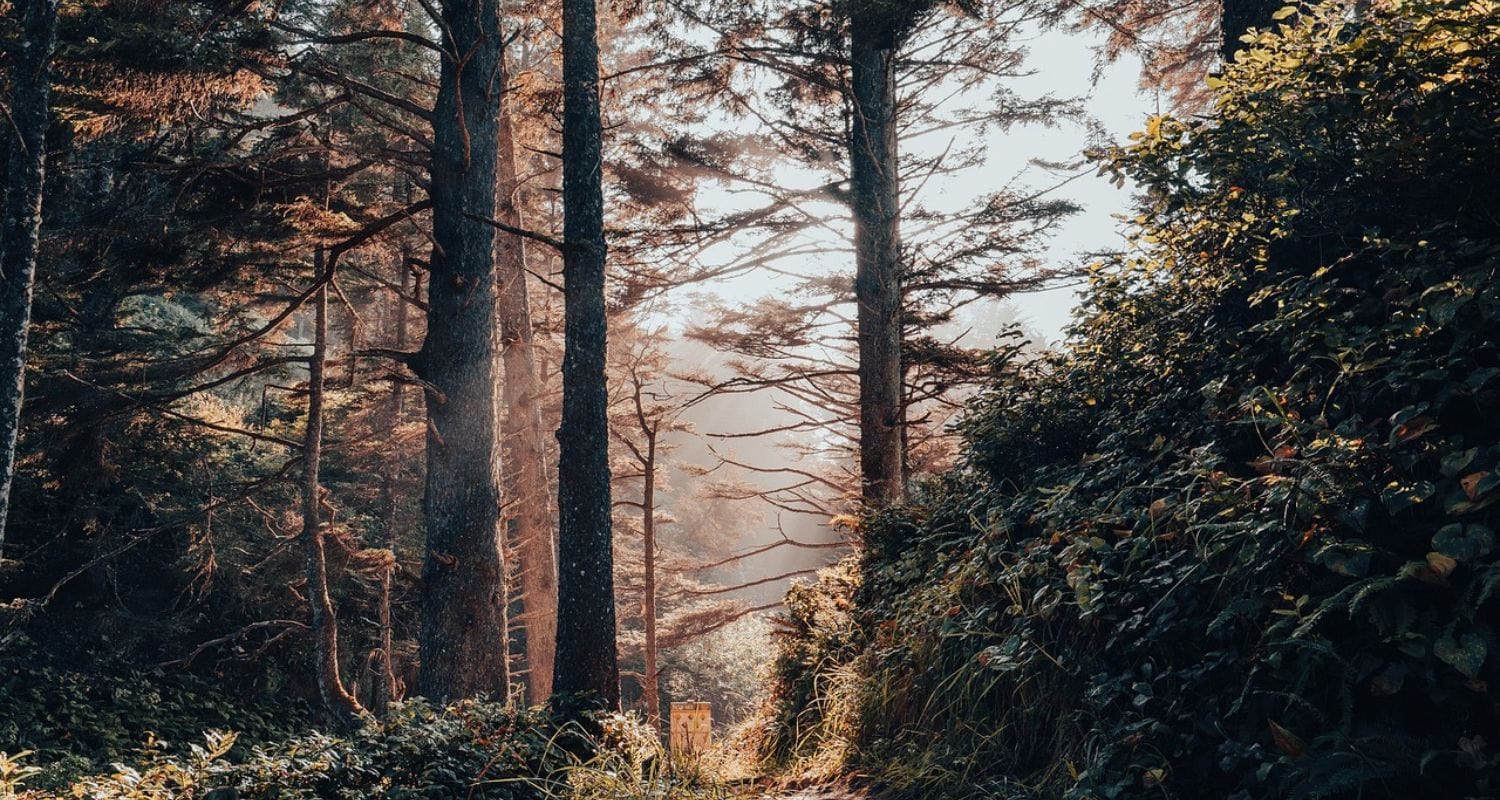
There are few things more appealing than ambling slowly through the dappled light of a forest, listening to the boughs gently swaying in the breeze, brushing the trunks of the trees with your fingers, smelling the moss and crunching through the fallen leaves piling underfoot.
There’s an inextricable link between our country’s history and its forests, and increasingly, there has been a push towards gardening in a way that celebrates and honours these great environments.
Inventively (cough) titled forest gardening, this trend is one we can definitely get behind here at Roots, and in the post below, we’ll be diving into just what this style of gardening involves exactly. First, then, what is it?
Jump to:
- What is forest gardening?
- Creating a food forest/forest garden
- What plants should you choose?
- Where did the concept originate?
- What are the benefits of a forest garden?
What is forest gardening?
According to the UK Agroforestry Research Trust, a forest garden is:
“A designed agronomic system based on trees, shrubs and perennial plants. These are mixed in such a way as to mimic the structure of a natural forest – the most stable and sustainable type of ecosystem in this climate.”
In other words, it’s a turn back towards a more organic and less-rigid style of planting that looks to emulate the feel of a British forest or woodland. Its goals are to foster greater biodiversity, to generate ‘products’ (both edible and materials which can be used for crafting, for instance) and to require little ongoing maintenance. Or, as The Forest Garden Falmouth more simply put it:
“It’s about working with nature, not against it!”

Creating a food forest in (up to) seven layers
Attempting to create a forest garden can appear like a pretty daunting undertaking – after all, the term forest isn’t exactly associated with the idea of something small – but that shouldn’t deter you because the rewards are just so vast.
Plus, in reality, you can make your very own forest garden (or forest-style, at least) whatever space you have. In fact, in temperate regions like ours, many forest gardens are actually quite small.
Broadly speaking, there are up to seven different components that make up a forest garden. Now, we’re going to be using the terms ‘forest garden’ and ‘food forest’ interchangeably from here on in, because while producing food isn’t the sole goal of a fully-fledged forest garden, it’s a large component and perhaps the one we’re most interested in here at Roots. The seven layers to a forest garden are as follows:
Canopy
This is the tallest component of your forest garden and will likely be one of your most bountiful in terms of production. Examples of trees you should look to use to fill out your canopy layer include apples, pears, quinces, plums and nuts to name just a few. This tranche may also include nitrogen-fixing trees such as the honey locust, laburnum and birch.
Given the size many of these trees can reach when mature, this layer is typically only going to be viable for large gardens or community-style planting schemes. Fortunately, however, many fruit trees are grafted onto dwarfing (or semi-dwarfing) rootstocks which helps restrict their size. This means you could bump them down a layer to form part of your small trees section.

Small trees
In this category, you’ll find trees that tend to grow to somewhere up to the nine metre mark, though they can be as short as three metres. If you’ve got a smaller space, this will probably be your food forest’s uppermost layer, and should include trees like the serviceberries, apricots, mulberries and medlars.

Shrubs
Beneath your tree(s) you’ll want to plant some shrubs – given their position, some tolerance of shade will be important here. There are a large number of shrubby plants you can choose from for your food forest, but we’re particular fans of soft fruits like raspberries, blackberries, currants and elderberries.

Herbaceous perennials
Ready to get herby? This layer will see your kitchen stocked with a supply of fresh herbs, ready to be used in a delicious range of recipes throughout the year. Sage, comfrey, Moroccan mint, lemon balm and fennel are all examples of edible herbaceous perennials you can use within your forest garden.

Ground cover plants
Next is your ground cover plants. In the context of a forest garden, what you’re looking for are plants that will form a sort of continual mulch for your forest ‘floor’. This helps protect (and enrich) the soil, suppress weeds and retain moisture.
You can use ivy or, if you want to really commit to the edible aspect of your forest garden, then planting strawberries or creeping thyme can also be good choices (though the latter is more often used ornamentally rather than for its culinary qualities).

Rhizosphere (the soil affected by plant roots)
We’re not going to get into the nitty gritty of the rhizosphere here, as it can be quite technical (read: far too science-y for me to understand properly). For the purposes of this blog post, all you need to know is that it relates, as Nature puts it, to the “plant-root interface”. Some of the best plants to consider for growing below ground include radishes, chives and garlic.

Vertical plants (like climbers)
Last but certainly not least are your vertical additions. These are often implemented a little later because they need support to grow properly, and the trees providing that support take a little while to grow. Once they’re big and sturdy enough to support vining plants, however, then consider hardy kiwis, passion flowers, sweet peas, honeysuckles and grapes.

What plants should you choose?
It’s worth remembering at this point that the plants listed above are all examples and don’t form an exhaustive list. It’s also worth noting that they might not all have the same requirements as relates to light, soil conditions, pruning requirements, etc. So it’s important you do your own bit of due diligence when compiling your shopping list of plants. Find out what soil you have and work out how much sun your garden gets – plus when it gets it – and you’ll be good to go.

Where did the concept of a forest garden originate?
The concept of the forest garden stems from British horticulturalist, Robert Hart, whose seminal 1991 work, Forest Gardening: Rediscovering Nature and Community in a Post-Industrial Age, kickstarted it all. Working on his garden in Shropshire – my neck of the woods! Or should that be my neck of the forest? – Hart’s vision was to get more people utilising their gardens by planting trees and creating ‘city forests’.
What are the benefits of a forest garden?
The benefits of forest gardening are many and varied, but the edible produce and wildlife value are arguably the two most important. Growing your own food is immensely satisfying, and once your food forest is established it will need very little in the way of maintenance, which is more than can be said for a lot of fruit and veg growing.
What’s more, the greater the number and the more varied the selection of plants you grow, the better your garden’s biodiversity will be. Given the systemic decline of UK wildlife, any efforts that can be made to fight back and buck this trend are to be lauded.

Final thoughts
This is one of the trends that’s got us most excited recently, and hopefully having read this, you’ll understand just why that is. And while a large forest garden undoubtedly requires a lot of space, you can definitely still scale and implement the above principles in your own space, no matter the size.
So, go and take a walk in the woods for yourself and have a think about how you’ll start your very own food forest-inspired garden. To finish with, here’s a quote from the great American essayist, Henry David Thoreau, summing up just how valuable forest spaces are to our wellbeing: “I took a walk in the woods and came out taller than the trees.”.
Shop Woodland Garden Plants
Fighting plastic waste
Delivering fresh from the nursery
Supporting UK growers
